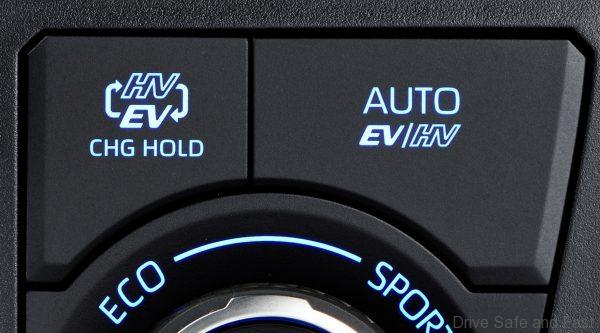The way forward in Malaysia is with hybrid technology, according to Toyota.
Last week, UMW Toyota promised a rather big announcement was coming soon. Now the time has come and… well it’s not really as big or concrete as we’d hoped. UMW Toyota has essentially come out to say that they’d be committing to Hybrid Electric technology for Malaysia.

What We Expected
Quite honestly, we thought the announcement would be followed with concrete plans for local-assembly of hybrid models such as the RAV4 Hybrid or Corolla Cross Hybrid. However, todays’ announcement was more an affirmation that the company’s direction would be focused on hybrid electric technology without any specific products launched.

Electrifying the Toyota Way
What UMW Toyota does want to remind their customers of is that they’d be doing things the way their customers loved: by making products that last. Their specific promise was that they’d build on their reputation of offering vehicles that are engineered to be reliable, durable, and dependable.

Why Hybrids for Malaysia?
The whole world is going through a once-in-a-century transition away from fossil fuels. For personal vehicles, there are already a number of alternatives available. Some markets are encouraging battery electric vehicles, while other countries and industries are leaning toward Hydrogen Fuel Cell Electric Vehicles. Both of these alternatives require extensive infrastructure investments which must come, at least partially, from the government. Given Malaysia’s poor rollout of electric charging stations, it makes sense that hybrid electric technology is still the best way forward.

It’s also worth noting that this commitment is not to plug-in hybrids (PHEVs) but standard Hybrid Electric Vehicles.

The real question is how quickly and extensively will Toyota ‘hybridise’ their locally available fleet of vehicles. Right now, UMW Toyota offers… ZERO hybrid electric vehicles. Both Singapore and Thailand have hybrid variants on sale of standard models like the Corolla Altis, for context. Will UMW Toyota offer one or two variants with hybrid technology as they did in the past with the Camry Hybrid and Prius models? Will they sell nothing but hybrid models?

We suspect it’ll be somewhere between the two extremes: locally-assembled hybrid variants that take advantage of local incentives with existing imported models with petrol engines making up the rest of the portfolio. Most likely, this will still be the Corolla Cross Hybrid and RAV4 Hybrid.

Quotes from UMW Toyota’s representatives.
“We have the right technology, the right products in support of the existing infrastructure and energy policies. We are in an ideal position to contribute to Malaysia’s ambition of becoming a hub for advanced technologies and to reduce its carbon footprint. This will be an important cornerstone towards ensuring future policies and the people are well positioned and prepared to accept vehicle electrification,” said Ravindran K., President of UMW Toyota Motor.

“For the immediate future, we are absolutely positive that the HEV is the most accessible and realistic choice for Malaysian customers in terms of practicality and infrastructure, with an enormous potential in Malaysia. It is a realistic bridge towards vehicle electrification while efforts are still being undertaken to help realize enablers for BEV, such as cost reduction, energy mix improvement and infrastructure development,” said Akio Takeyama, Deputy Chairman of UMW Toyota Motor.

About Toyota’s 4th Gen Hybrid Electric System
The 4th generation Toyota Hybrid Electric System battery has also been designed to last throughout the vehicle’s life. The key to achieving this battery durability is in understanding the state of the battery under everyday driving conditions – something that Toyota has been able to significantly improve over 20 years of making hybrids.
The HEV battery powers the electric motor and automatically gets recharged when the driver brakes or as soon as the driver lifts off the accelerator pedal. It also recharges when the petrol engine is on and running. This HEV system is not a plug-in system and doesn’t require additional charging from the driver to perform at an optimum level.